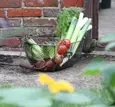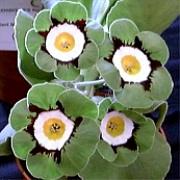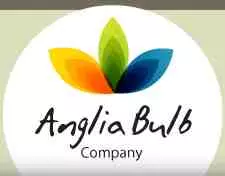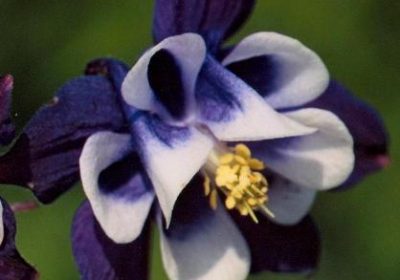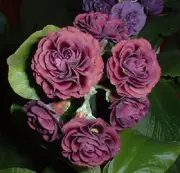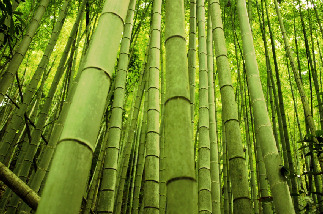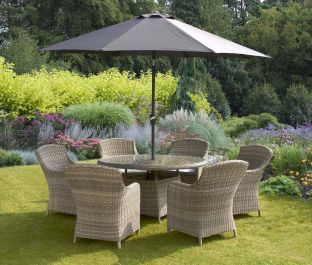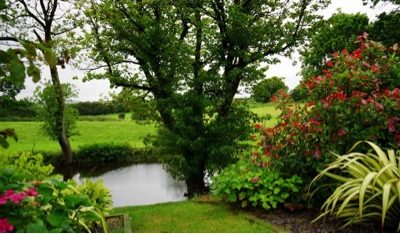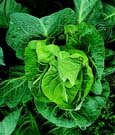PLANTS
Perennials – CLICK HERE
Shrubs – CLICK HERE
Climbers – CLICK HERE
Bedding – CLICK HERE
Grasses – CLICK HERE
Roses – CLICK HERE
Ferns – CLICK HERE
Fruit – CLICK HERE
Herbs – CLICK HERE
Mature Shrubs – CLICK HERE
Vegetables – CLICK HERE
Trees – CLICK HERE
Annual Flower Seedlings – CLICK HERE
Bedding Plants – CLICK HERE
Border Perennials – CLICK HERE
Climbers – CLICK HERE
Container and Window Box Plants – CLICK HERE
Container Collections – CLICK HERE
Cottage Garden Plants – CLICK HERE
Cutting Garden Plants – CLICK HERE
Drought Resistant Plants – CLICK HERE
Naturalising Plants – CLICK HERE
Patio and Terrace Plants – CLICK HERE
Plants for Small Gardens – CLICK HERE
Pollinator Friendly Plants – CLICK HERE
Potted Bulbs – Spring Flowering – CLICK HERE
Scented Plants – CLICK HERE
Shade Loving Plants – CLICK HERE
Shrubs and Small Trees – CLICK HERE
Wildflowers and Meadow Plants – CLICK HERE
GROW YOUR OWN
Edible Flower Plants – CLICK HERE
Fruit Plants – CLICK HERE
Garlic and Onions – CLICK HERE
Herb Plants – CLICK HERE
Lettuce and Salad Plants – CLICK HERE
Potatoes – CLICK HERE
Tomato Plants – CLICK HERE
Vegetable Plants – CLICK HERE
BULBS – CLICK HERE
SEEDS – CLICK HERE
Garden Arches, Gazebos, Pergolas, Obelisks, Trellis and Screens – CLICK HERE
Fruit Cages and Netting – CLICK HERE
Cloches and Tunnels – CLICK HERE
Plant Frames and Supports – CLICK HERE
Greenhouses and Equipment –CLICK HERE
Garden Tools –CLICK HERE
Watering – Garden Buts, Watering Cans –CLICK HERE
Composting – Tumblers, Compost Bins –CLICK HERE
Garden Furniture – Southwold Collection –CLICK HERE
For many gardeners the only thing that really matters in a garden is the plants. If you can’t find the plant you need at you local Garden Centre then you can search Specialist Garden Nurseries by the plant type you are looking for. We have included a wide range including Specialist Nurseries from Acers, Alpines, Aquatics, Artemisia, Bamboo right through the alphabet of plant types to Tropical Conservatory and Greenhouse Plants Tulips Wildflowers.
We also have a comprehensive range of the UK’s leading seed and plant suppliers to give you the widest choice of flowering plants as well as top quality seeds for fruit and vegetables so you can grow your own produce. These can usually be delivered direct to your door by Mail Order. Flowers by post – everyone loves to send flowers and receive flowers and we have flowers for all occasions – Valentines Day, Mothers Day Flowers, Weddings, or to say simply thank you ; wonderful flower arrangements and bouquets produced by talented florists. You can order flowers online and have flowers delivered the next day. Some suppliers will add chocolates or a bottle of wine to make the gift of flowers even more special. Or you can also send a tree as the perfect gardening gift for any occasion.
What is better for your garden: perennial or annual plants?
Gardens may often look like the products of nature’s unadulterated beauty, however, gardeners know best all the careful planning and efforts that go into this seemingly spontaneous charm. After all, it’s precisely this planning and efforts that make gardens a true reflection of their creators’ style and personality.
Perhaps the most important question to consider before starting a garden is whether to use perennial or annual plants, and again, the choice depends on what you’re looking to achieve and how you want to achieve it. Whatever you choose though, you can at least rest assured that astroturf for gardens complements both options beautifully.
This means that once you plant a perennial plant, you don’t have to worry about buying new seeds and/or small plants of this type for at least two years. You do need to plant them in the spring or fall, however.
That being said, no garden can even thrive without care, so you still need to water and fertilize perennial plants regularly.
For some people, this might be an actual advantage as they might prefer perennial plants more unassuming, but usually still very pretty appearance. Furthermore, it’s important to remember that they get better with time, and while they may look somewhat underwhelming in their first year, by the third, they should have blossomed into their full potential, if you’ve taken care of them properly. In that sense, perennial plants require patience in their own right and make for a long game that can be highly satisfying.
The longevity of perennial plants also allows gardeners to get better acquainted with the optimal conditions for their needs, even if those needs aren’t that intricate, and thus cater to them in the best possible way without much unpredictability.
Furthermore, even if time or energy aren’t a concern, but experience is, perennial plants are great, if not a must, for newbie gardeners who need to learn the ropes.
Besides their more captivating appearance and colors, annual plants actually bloom for longer, accentuating even further the poetic nature of their fleeting, but saturated existence.
Furthermore, annual plants’ short life span means something else – a new beginning, year after year. This actually give gardeners a chance to experiment and explore their preferences. For people with more changing and/or diverse tastes, this freedom is an unmatched benefit.
Weeds – we all have a different pet peeve when it comes to weeds. Some gardeners hate them with a passion – they like their garden neat, tidy, and their vegetables completely competition free.
If you’re one of those gardeners, it may surprise you to know that weeds can tell you important things about your soil composition. They may also help you with a particular composting problem? Some weeds even help you maintain healthy soil.
Or maybe you can use them just like your vegetables? Add them to a salad, or pickle them or dry them for a relaxing herbal tea that smells of summer.
Don’t believe us? Here is a list of plants that might surprise you!
This is the king of all weeds – it’s generally considered a menace by most people who own a lawn, and is removed as soon as it’s jagged little leaves appear. There gardeners who adore this little yellow flower for a variety of reasons.
It’s a salad plant – if you have ever wandered into a high end organic store you might have seen dandelion salad greens. It is the very same dandelion that you might have pulled out of your garden bed that very morning.
In fact, it contains a ton of nutrients like vitamins A, K, E, and C and has a ton of antioxidants. It contains folate, iron, magnesium, calcium, and potassium. Its root can be used as tea when dried and is full of inulin. Might be better for you than that lettuce you’re trying to keep Dandelion free!
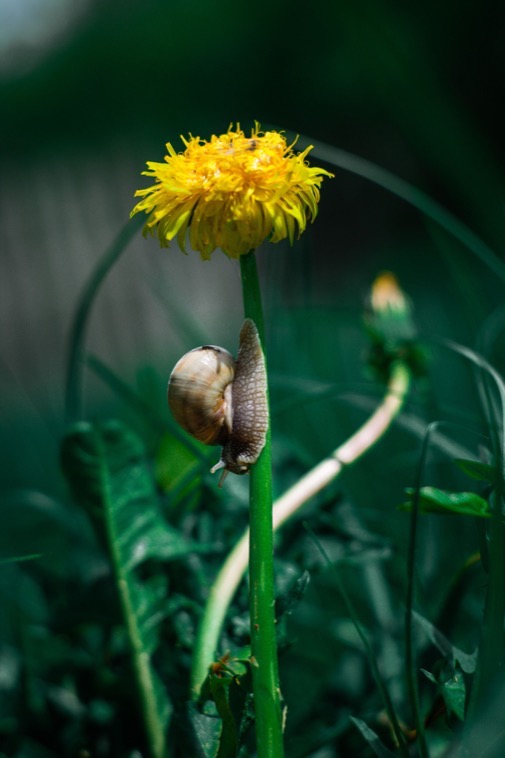

The stinging nettle is a feared weed both inside and outside of the garden. But it is one of the most useful weeds that we can hope to put to use in our garden.
In the early spring, when the nettles just poke their stingy little heads out of the ground, it’s the best time to get those fresh young leaves and use them in a soup or a green sauce. They lose their sting after blanching, and they are an amazing source of just about every mineral and vitamin you can imagine.
Let’s go down the list – Vitamins A, C,K, and several of the B vitamins. Calcium, Iron, Magnesium, Phosphorus, Potassium and Sodium, as well as all of the essential amino acids and many antioxidants. It promotes liver health and is a natural diuretic. Whew.
When they grow and get tougher, it’s time to cut them back – after all, they pose a constant danger of being stung! This is the time for making nettle fertilizer. Just fill a bucket with cut nettles and fill it with water. You can beat them down with a shovel to break down the cell walls.
If you have a greenhouse or a potting shed , it’s a perfect place to conduct this sort of “experiment”. Potting sheds can be an ideal mix of a greenhouse and storage area combined. They will provide shelter from the wind and cold – and is perfect to keep nettle fertilizer in because…
…The fertilizer will ferment, bubble and be very infamously smelly. This type of fertilizer is known well among both experienced gardeners and their neighbors alike. Don’t let that discourage you – it’s an amazing source of nutrients for your garden, and it really works.
This stingy little friend is a powerhouse of nutrients not only for you but for your plants – have a heart for it and allow it to grow through the spring.
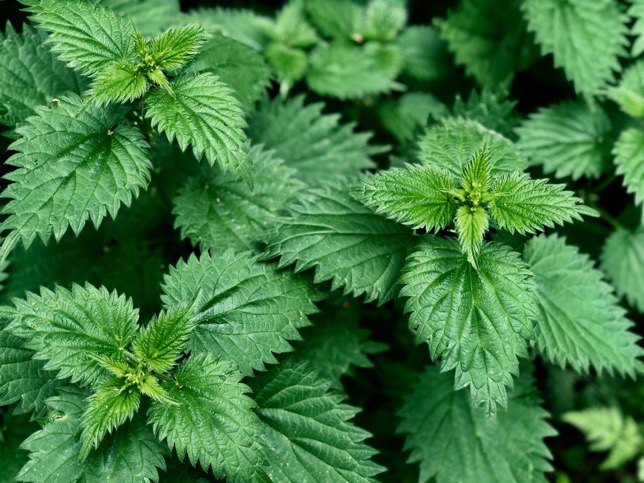

Lamb’s Quarters is known to every farmer and gardener. It is the bane of agriculture and pops up just about anywhere there is soil to grow on.
This pesky little plant is also a great addition to stews and salads. It may surprise you that it’s actually cultivated in some areas for purposes such as animal feed. It’s actually a delicious herb, with a taste that is very similar to spinach.
There is scientific and archeological proof that it’s been eaten by humans for millennia, and only relatively recently it fell into disuse and ill repute. It’s true that it can be competitive, especially in crop fields of plants like soy, beets or corn.
If you control it by cutting it back and not letting it grow to full size (they can get pretty impressive if you let them), you can use it to your benefit in the garden. It will attract leaf-eating pests, and help you in cultivating an organic garden without pesticides.
It is very resistant to disease and easy to cultivate – some die-hard organic farmers even support ditching the demanding cabbages and lettuces all together and instead, going back to harvesting this little guy.
We recommend experimenting with wild pestos, pates, stews, and salads!
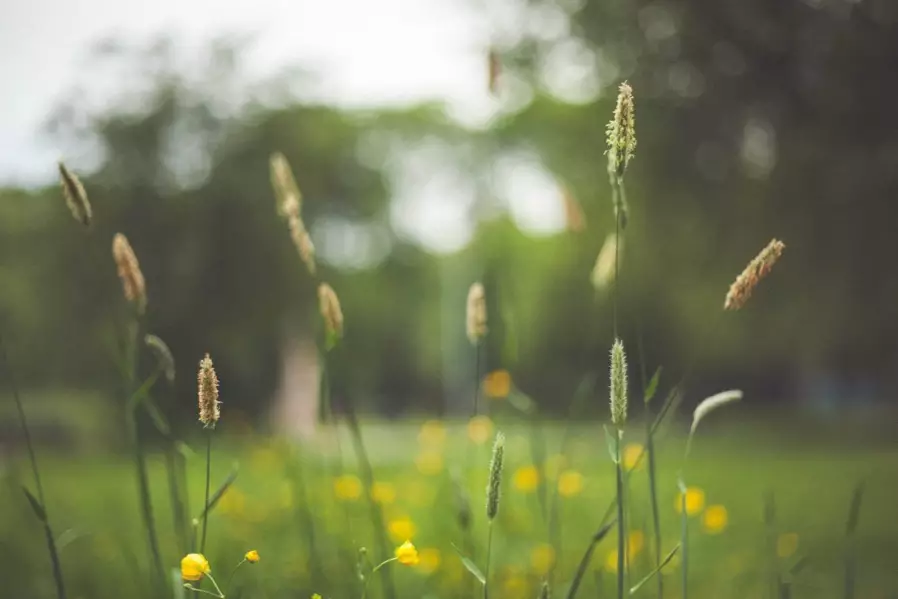

This plant is a fascinating little guy, once you forget the fact that it’s often also an uninvited garden guest.
Did you know that this strange looking plant is considered a “living fossil”? It’s a survivor of the Paleozoic era, and was one of the most common plants found in the ancient forests of that period. It’s the only existing genus of the class Equisetopsida – that makes it more that 100 million years old.
The Horse Tail reproduces by spores, much like a mushroom. And early in the spring, you can see white and gray fruiting bodies poking out from the earth long before the green shoots appear. You may have wondered what those are – mushrooms? Aliens?
These hollow, white asparagus looking shoots are actually delicious and nutty when stir-fried. They can be eaten in the same way asparagus can.
The Horse Tail has been used in folk medicine for thousands of years, and is especially known for being great for hair growth and shine. If you boil horsetail for over 15 minutes, the silica and selenium are released and can be used in shampoos or herbal rinses.
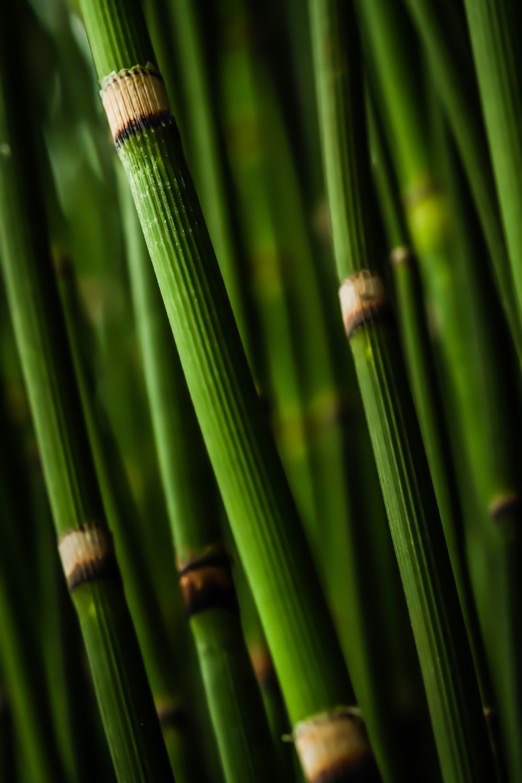

..And Many More
There are many more useful and edible weeds to explore. Some will help stop soil erosion, others will pull up water and help to condition the soil. And some – most, in fact, will prove to be a delicious edible green.
Before you insist on having a perfectly manicured lawn, consider letting it grow a little wild and natural.

